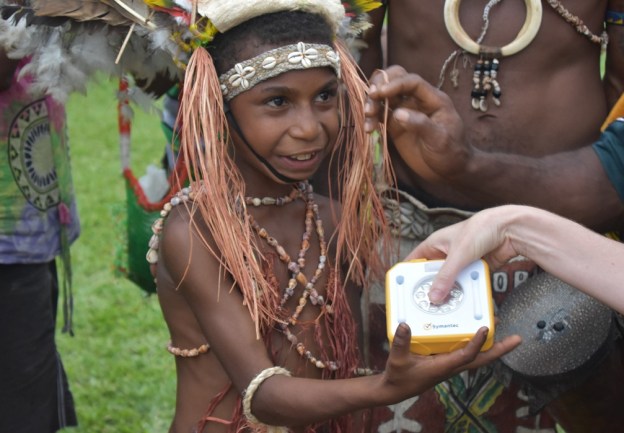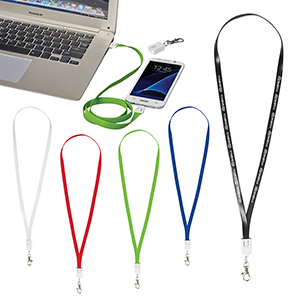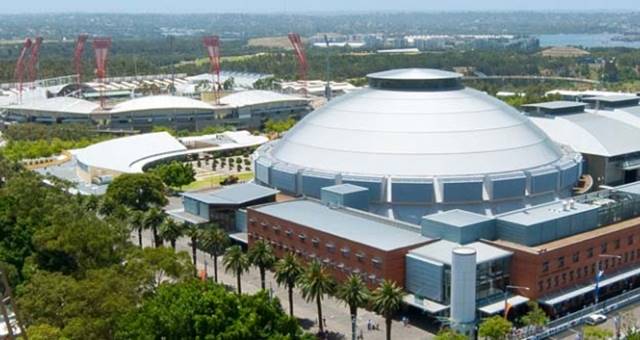
Spice Magazine spoke to SolarBuddy CEO and founder Simon Doble about the program and why it is loved by so many corporate groups.
Each night, we turn off our light and go to sleep. In the morning, we flick the switch back on and light appears.
To us, light is an everyday essential that most of us take for granted, but for others, it’s a luxury they will never have.
It was 2011 when Simon Doble learnt about the hundreds of millions of people all over the world who live in energy poverty.
“I learnt that families were escaping war and famine to be protected by the UN and placed in refugee camps, but they were still burning kerosene lamps inside their humanitarian tents resulting in injury, ill health and death,” he says.
Shocked by the issue and the lack of awareness around it, Doble set out to do something about it. The first step was buying a humanitarian tent.
“I set it up in my backyard on the Sunshine Coast in Queensland and lived in it until I designed a solution to mitigate the devastating impact of energy poverty within refugee camps,” he says.
The result was a renewable energy-powered light that became a standard in refugee camps across the world. But through finding one solution, Doble soon realised the enormity of energy poverty, and set about providing solar lights for children, families and communities.
In May 2016, Doble launched SolarBuddy to educate people in the workplace, at conferences and schools all over the world about energy poverty. The program sees participants build a SolarBuddy solar-powered light, which includes connecting the wires, attaching the waterproof exterior and turning it on for the first time.

Participants then write a letter to their SolarBuddy recipient, which Doble says is a rewarding, emotional investment for delegates.
“We encourage every participant to communicate with their new buddy and tell them what the gift of light means to them, what they’ve learnt and how they hope it empowers their future,” he says.
The key to SolarBuddy’s success as an engaging CSR initiative is how tangible the donation is, says Doble.
“We talk about the issue in a unique manner, highlighting the different cornerstones of what energy poverty creates, which are health, economic, education and environmental implications,” he says.
“We lay down the grounding of what it is like for a family to live in energy poverty, how that creates a perpetual cycle of poverty and how a solution like a basic solar light can lift them out of energy poverty which ultimately lifts them out of poverty in general.”
SolarBuddy is also unique as each donation can be tracked and participants have a connection to the light’s recipient.
“In this modern age, people need to feel and understand their donation and follow it,” says Doble.
“[The SolarBuddy light] is so tangible; in a matter of days or weeks, it is in a child’s hands and benefiting them instantly. That’s hugely powerful in this social media-driven age.”
As for the response from the industry, the results speak for themselves. Since 2016, SolarBuddy has engaged with more than 50 corporations, which has led to approximately 84,500 solar lights being donated to children all over the world, including in Vanuatu, Papua New Guinea, Timor-Leste, Cambodia, India, South Africa, Tanzania and The Dominican Republic.
According to SolarBuddy, children who use the solar lights spend less time collecting firewood for cooking and heating and spend more time attending class, studying and completing homework.
SolarBuddy aims to provide light for and empower the futures of six million children by 2030. “Our longer term plans also revolve around scaling this into a permanent global initiative within the MICE space,” says Doble.
The team at SolarBuddy is extremely passionate and their point of difference is clear. This is not just a simple donation, it not only provides a tangible solution to a global issue, it also helps educate the rest of the world.
“Essentially, we’re providing bedside lanterns and safe, non- toxic study areas for children who’ve never had that before,” says Doble.
“I have my own children who have the luxury of turning on their bedside lamp, so we want to create that environment for as many children in the world as possible.”



